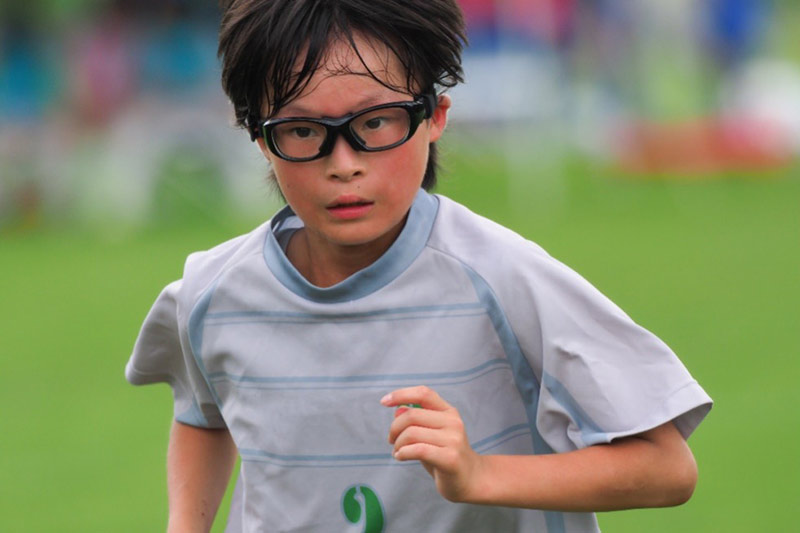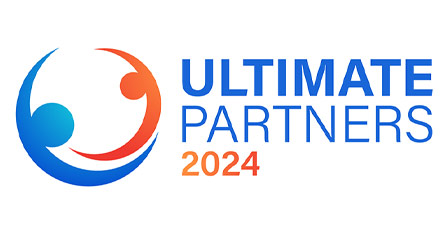By Preston Fassel

As much of the country warms up to the point that it’s comfy to go outdoors again, you’ll be seeing more and more kiddos coming in to be outfitted for football, baseball, soccer, lacrosse, or other field sports. This is why it’s important to have an adequate supply of frames on hand to suit your patients’ needs. This not only means frames that are comfortable and meet safety standards but are flattering to your patient as well.
I remember when I first started out in opticianry, working for a relatively new practice, and in the beginning, all we had to offer were safety frames that essentially doubled as our sportswear collection. While they technically met the safety needs of our patients, they weren’t exactly the most flattering, and we sent more than a handful of tweens and teens onto the field looking like they were either wearing Vietnam-era military BCGs or like mini Dwight Schrutes. As time went on and the practice expanded, we met with more reps with a wider array of frames, and it occurred to us that there are frame manufacturers that offer cool looking sports frames. There was more than a little bit of retroactive guilt. A few of our patients were accomplished players and helped win games and awards for their teams. Impromptu photos meant that we were indirectly responsible for some retroactive embarrassment when these kids would one day take out the photo album and show their own kids their game-winning moments, looking like they belonged in one of those Awkward Family Photo collections.
Especially in an increasingly social media conscious age, in which parents will be taking photos of their own kids and those kids will be taking photos of themselves, it’s important to keep in mind teen self-esteem. Even as body positivity has become a more open topic of discussion, we’ve also conversely become an even more superficial and judgmental culture. While adults may be better equipped to handle criticism about their personal appearance, tweens and teens are especially sensitive. Since sports are often a great source of self-esteem and personal pride for kids at these ages, they should be looking their best at the same time. For patients with lower Rxs and little astigmatism, aim for sport wraps outfitted with poly or Trivex lenses and some sort of photochromic, which will not only provide UV and sun protection during daytime games, but leave the wearer looking slick and like they’re wearing shades instead of safety frames. For higher Rx patients, zyl sport frames that secure snugly to the back of the head are a good option.
It’s important to remember that not all glasses are considered protective eyewear. Children in particular should never be given a regular pair of glasses to use when playing sports. The ASTM F803 standard is a sport-focused safety standard that tests frame breakage and lens retention upon impact against a ball, stick, hand, finger, and/or elbows. What’s more, new styles of ASTM approved frames are way cooler than the old Safety frames of the past.
Make your patients’ parents aware of particular trends and aesthetics. Going back to Dwight Schrute, I remember one patient who steadfastly insisted on putting her aspiring pro-athlete teenage son in a pair of safety frames almost identical to those of The Office character, at the height of the show’s popularity. The patient himself was very unhappy with his mother’s selection, and she was even more unhappy with my suggestion that maybe he should have a say in which style he wanted. Read the room and use gentle persuasion if your adult patient is insistent on what they want to put on their kiddos.
Ultimately, the intersection of selection and education is the key to providing your teen and tween patients sports frames that will protect their eyes, leave them feeling confident, and allow them to win those games… and look good in the pictures twenty years from now.












